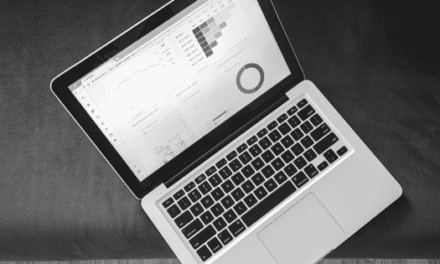There can be no doubt that the #hashtag has become a major force in social activism and a major feature of social media. They have had a world-changing impact in the activation of millions of people to become aware of and involved in efforts to bring democracy to people struggling under the yoke of tyranny, to expedite relief in cases of natural disaster and to encourage peace and humanity in war-torn communities.

And, yes, they can be a potent tool in product promotion and branding. Such as Coke’s personalised cans #shareacoke and Audi’s new vehicle #WantAnR8. It can also demonstrate the concurrence or harmony of your brand and values to the issue under discussion.
Today hashtags are a part of our everyday language on social media networks. You can frequently find them used on Twitter, Instagram, Google+, Pinterest and a number of other social media sites. Hashtags are also commonly used across other websites, even if they not effective.
There are many users who simply don’t understand the use of a hashtag, and don’t use them properly or use them because it seems funny #to #talk #like #this. Actually, it’s really annoying!
So what is a #hashtag? A hashtag emphasises the word or phase it is used with, it makes the word/phrase stand out from the crowd (all the other tweets).
When you use a hashtag it groups the word or phase together by creating a hyperlink, so you can search all the posts using that word or phase on the website. This allows your audience to see all the conversations that are occurring about a particular topic or issue. This allows other people to join and follow a discussion easily, and it allows collaboration between you and your audience. There are more and more uses popping up every day. In fact you can actually create your own.
In the marketing context hastags allow you (and your audience) to promote a particular brand, business, product or service by using the hashtags and creating a trend. If your fans use a hashtag to “check-in” at your business or event, give a review, or track competitions, this also allows other people to follow and track the event through the conversation.
You don’t have to use a hashtag in every post or on every social media site, use your discretion on when it is helpful to your audience. Most importantly, don’t use a hashtag to ‘grandstand’, it will only incite the audiences ‘tall poppy’ inclinations.
SOME CAUTIONS
Using hashtags on every social network site can appear lazy to your fans and followers, as it is a giveaway that you are posting the same status across multiple networks. Many savvy social media users may perceive you as amateurish and your business can lose credibility.
Each audience is different on every social network. They speak, post and interact differently and your behaviour should be catering to the target audience concerned.
Don’t #Hashtag #every #single #word #that #write, social media website etiquette says it’s annoying and does make your post hard to read. Try to avoid using a hashtag as one giant long word (#hashtagonebiglongword). There is no point, it is useless.
Another social media ‘no no’ is to make up words or acronyms and hashtag it. In most of these cases, not many people will know that the hashtag exists; therefore no one will use it. Think about the first time you heard the word ‘Google’, it probably didn’t make sense to you either?
Not everyone will understand every single hashtag that you use. However as long as your target audience understands the general basis of your hashtag, this is what matters the most.
Finally, ensure your hashtag works; don’t use spaces or punctuation in the hashtag because only the first part will work. Here are examples that won’t: #brand’s, #brand_design, or #brand design – in each case only #brand will be picked out.



















